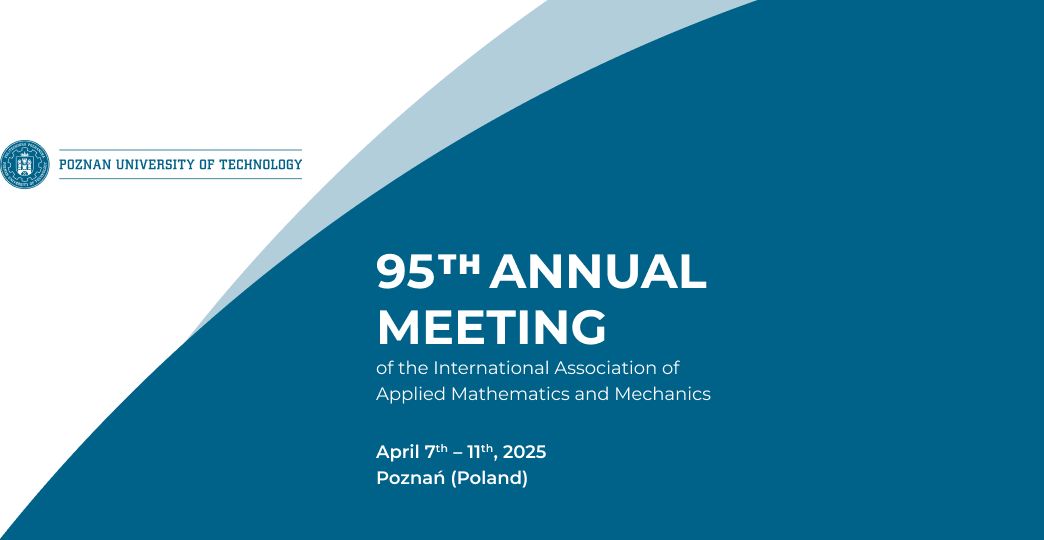Speaker
Description
Fractured and fracturing porous media are commonly encountered in a wide range of scientific and engineering disciplines such as geomechanics and environmental applications. Understanding the complex coupled behaviour between fractures, fluid flow and mechanical deformation in porous materials is crucial to better evaluate applications such as geothermal energy production.
Experimental methods to study the coupled processes are often limited by practical constraints and the difficulty of accurately reproducing conditions in naturally fractured or fracturing porous media. On the other hand, numerical models often lack information on appropriate modelling assumptions or quantitative knowledge of material parameters. Therefore, we follow a combined numerical-experimental strategy, where we take on the role of modelling and simulation, but build upon data from tailor-made experiments investigated at the Porous Media Lab (PML) of the University of Stuttgart. It should be noted that a successful combination of experiments and simulations requires a very close (iterative) collaboration, so that both areas can benefit significantly.
Methodologically, we apply well-established biphasic Theory of Porous Media (TPM) models with an embedded phase-field approach to describe fracture processes in porous media in a diffusive manner. In this fracture description, two key material parameters govern the phase-field equation. In particular, these are (i) the critical energy release rate (crack resistance) and (ii) the length-scale parameter (governing the transition length). To investigate these two parameters, two customised experimental investigations are studied. For (i), triaxial testing of cylindrical sandstone cores under pressure-diffusion controlled tensile fractures and for (ii) microfluidic experiments for pre-defined fracture geometries to study the interaction between free flow and porous media flow at the interface.
In this talk, we will present the developed models and discuss the findings based on the experimental and numerical results. It is concluded that the combined numerical-experimental strategy provides a powerful framework for analysing and predicting the coupled behaviour of fractures and fracturing porous media under various conditions.

